CTRL+K
CTRL+K
Moroccan pottery represents a captivating blend of tradition and artistry, it displays the rich cultural heritage of the country through intricate designs and vibrant colors. These pottery pieces showcase centuries of skilled craftsmanship and creativity, which each piece narrates a story influenced by Berber, Arab, and Andalusian cultures. The use of geometric patterns, bold hues, and symbolic motifs reflects Morocco’s diverse history and artistic sensibilities. This ancient craft continues evolving as modern artisans incorporate contemporary elements while preserving traditional techniques. Not only does Moroccan pottery adorn homes, but it also preserves a legacy of artistic excellence and cultural identity.
Morocco’s pottery tradition is very old and has been influenced by many different cultures that have lived in the region, like the Phoenicians, Romans, and Berbers. This ancient craft has been appreciated and perfected by generations of skilled artisans. Over time, distinct pottery styles developed in various Moroccan cities. Fez is famous for its stunning blue and white ceramics decorated with beautiful geometric patterns and Islamic calligraphy, combining Islamic and North African artistic styles. Other cities like Safi, Marrakech, and Tetouan also have their own unique pottery traditions that reflect local tastes and historical influences. Safi pottery dazzles with its vivid hues and rustic allure, while Marrakech ceramics boast striking patterns and earthy hues. Also, Tetouan’s pottery embodies a unique fusion of Spanish and Moroccan styles. The varied pottery practices demonstrate Morocco’s lasting artistic legacy and skilled artisan craftsmanship, blending beautifully into one cohesive cultural tapestry.
In Morocco, the art of pottery-making has been deeply rooted in age-old traditions that have remained largely unchanged over countless generations. The artisans who practice this craft source the clay from local deposits found within the region. They carefully refine and prepare this clay, meticulously working it until it achieves the desired smooth and malleable consistency.
The shaping process is a true display of skill and craftsmanship, with the artisans employing two primary techniques: the use of a traditional potter’s wheel, which they manipulate with deft hands to shape the clay, or the ancient method of hand-building, where each piece is laboriously formed and sculpted by hand. Through these methods, they create a wide array of functional and decorative pottery items, including the iconic tagines (a type of clay cooking vessel), bowls, plates, and intricate decorative tiles that adorn the walls and floors of Moroccan homes and buildings.
Moroccan pottery carries meaning beyond decor. The designs showcase traditional symbols like Berber patterns, Islamic motifs, and natural elements – stars, flowers, and animals. They symbolize spirituality, protection, and prosperity, which reflects Morocco’s rich heritage and customs. The iconic tagine exemplifies how Moroccan pottery melds form and function. A tagine is a cone-shaped pot essential in Moroccan cuisine, it also represents hospitality and community gathering. The patterns serve a practical purpose too – aiding condensation circulation for flavorful slow cooking. So, each Moroccan pottery piece is not just art and craftsmanship, but also stories and connections to Morocco’s diverse traditions and values.
The art of pottery-making in Morocco has been passed down for generations, with each region developing its unique styles and techniques. The process begins with the careful selection of clay, which is then shaped and molded by skilled artisans. The intricate designs and patterns are meticulously carved or painted onto the surface, often incorporating intricate geometrical shapes, calligraphy, and representations of nature. These motifs hold deep symbolic meanings, reflecting the rich tapestry of Moroccan cultural heritage.
Moroccan pottery has been a cherished tradition for centuries, with skilled artisans pouring their creativity into each handmade piece. In today’s fast-paced world, where mass-produced goods often dominate, these intricate works of art stand as a testament to the enduring allure of handcrafted excellence. Despite the relentless march of modernization, Moroccan pottery has not only persisted but thrived, thanks to the unwavering dedication of artisans who seamlessly blend ancient techniques with contemporary design sensibilities.
In recent years, a resurgence of interest in handmade crafts has swept across the globe. This renewed appreciation for the unique and the authentic has propelled Moroccan pottery into the international spotlight. Artisans, recognizing the growing demand, have eagerly embraced online platforms, allowing their creations to be celebrated by pottery enthusiasts worldwide. These digital avenues have opened up new realms of opportunity, enabling artisans to not only showcase their work but also to connect with like-minded individuals who share a deep respect for the art form.
Simultaneously, concerted efforts are underway to safeguard Morocco’s rich pottery heritage. Initiatives spearheaded by organizations and individuals alike aim to bolster the livelihoods of local artisans, promote sustainable practices, and protect the traditional know-how that has been passed down through generations. By providing artisans with access to resources, training, and support, these initiatives ensure that the time-honored techniques and skills that shape Moroccan pottery remain vibrant and relevant in the modern era.


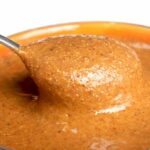


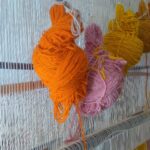

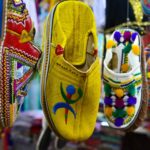




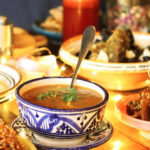


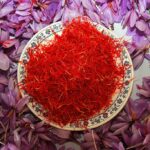







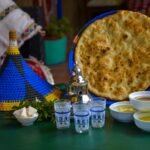
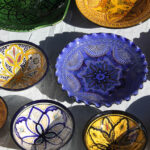
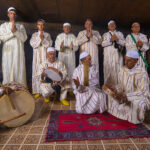

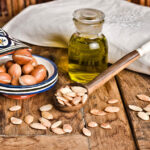

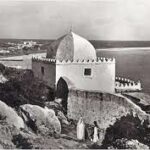


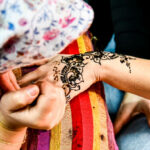
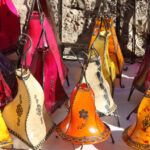
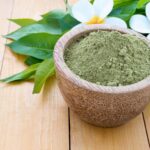

There are no results matching your search.
Reset